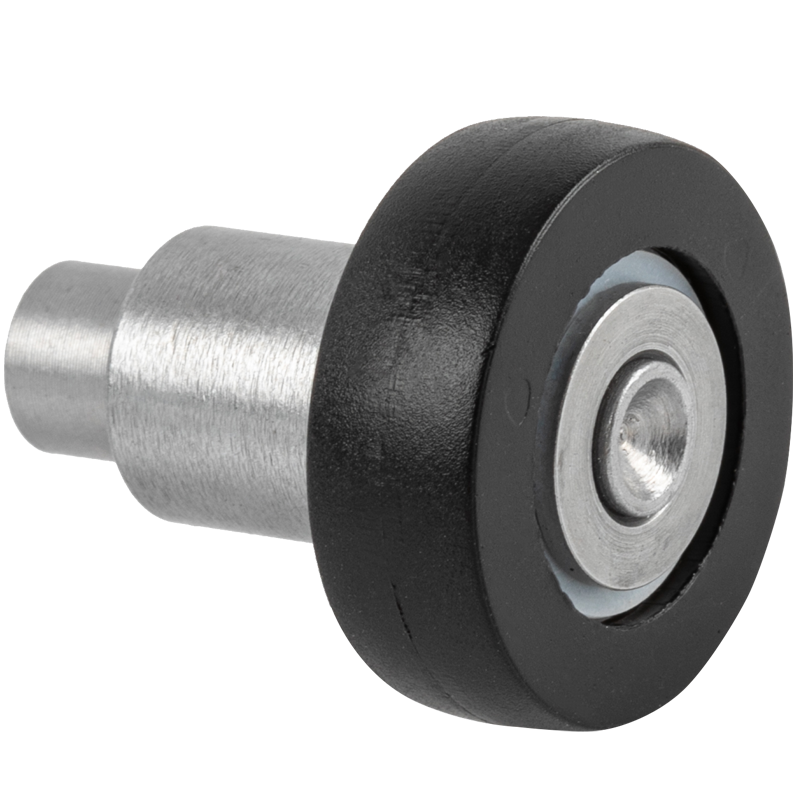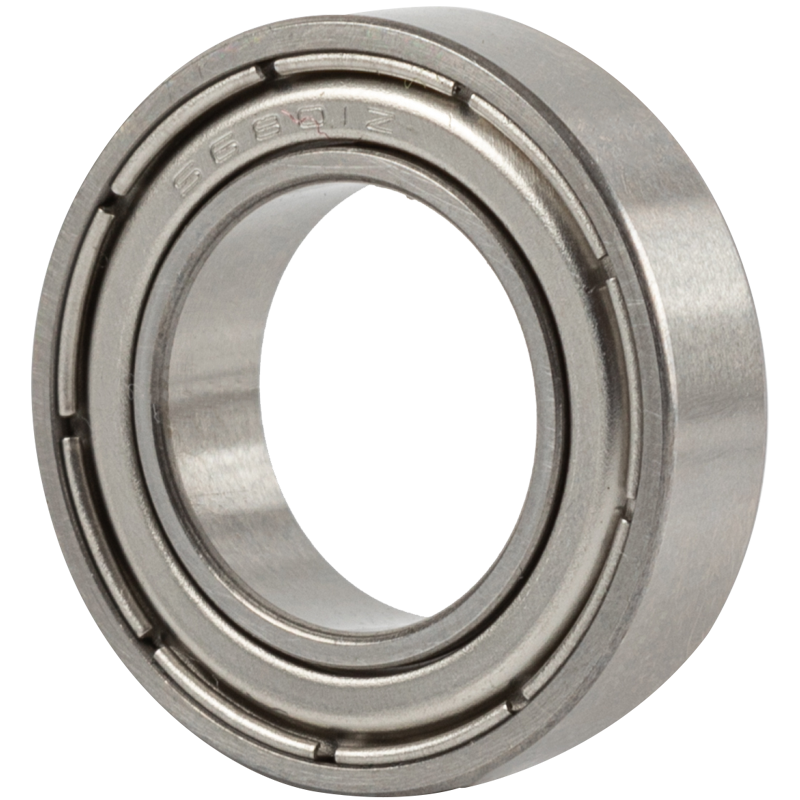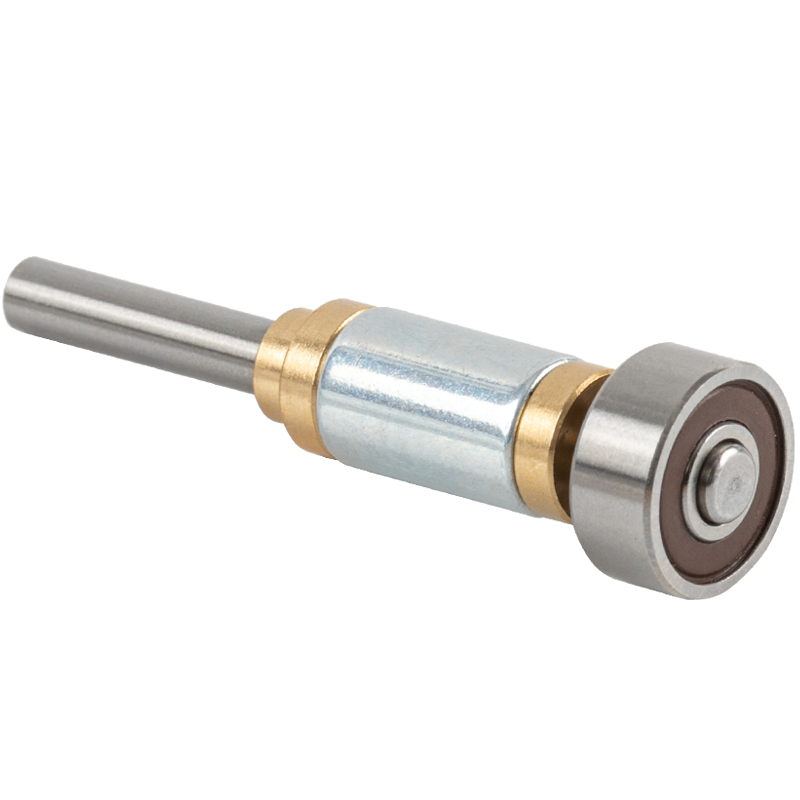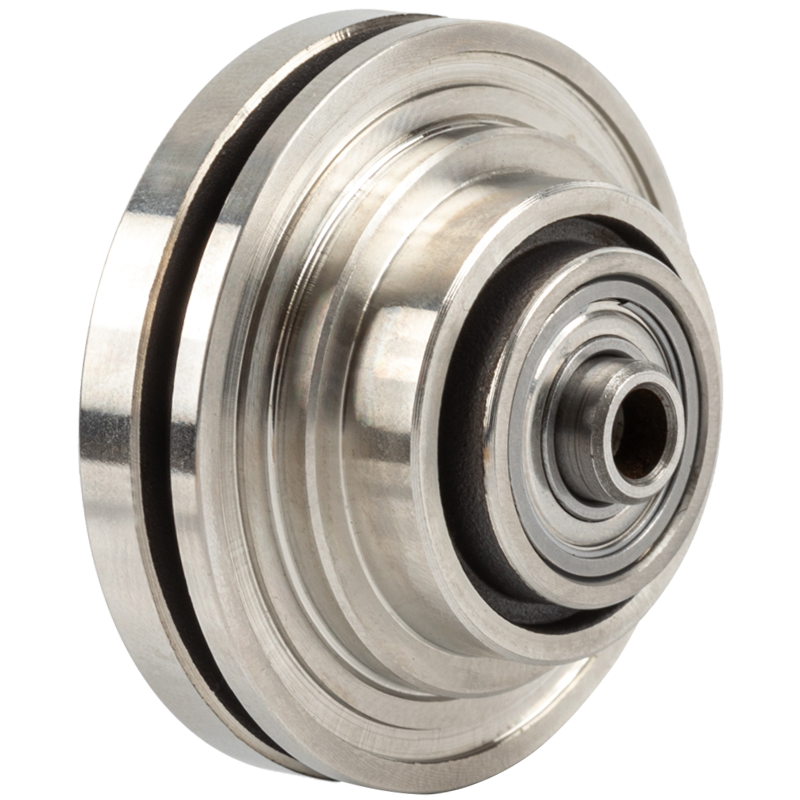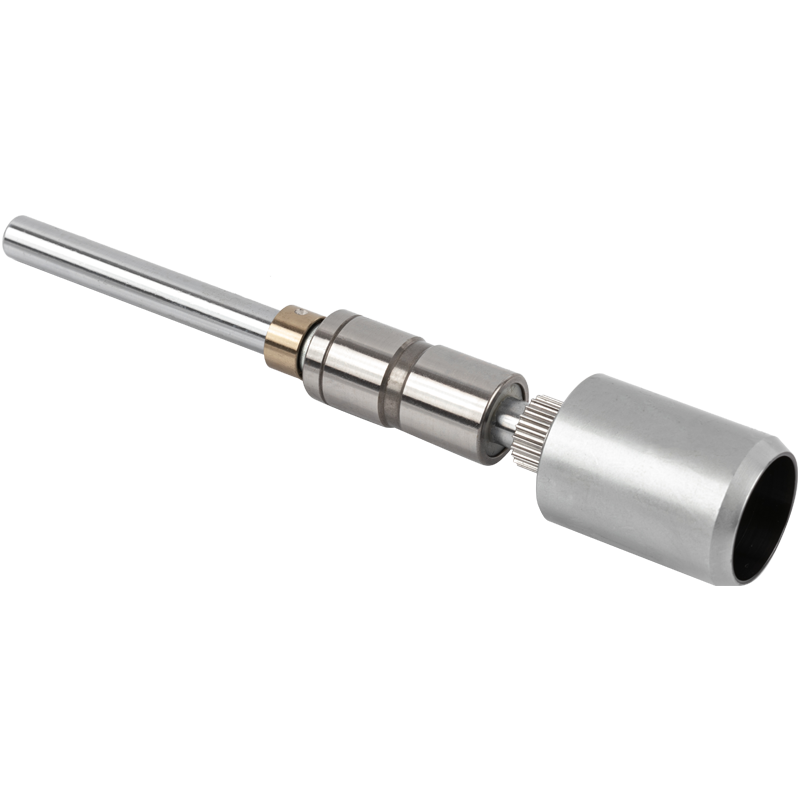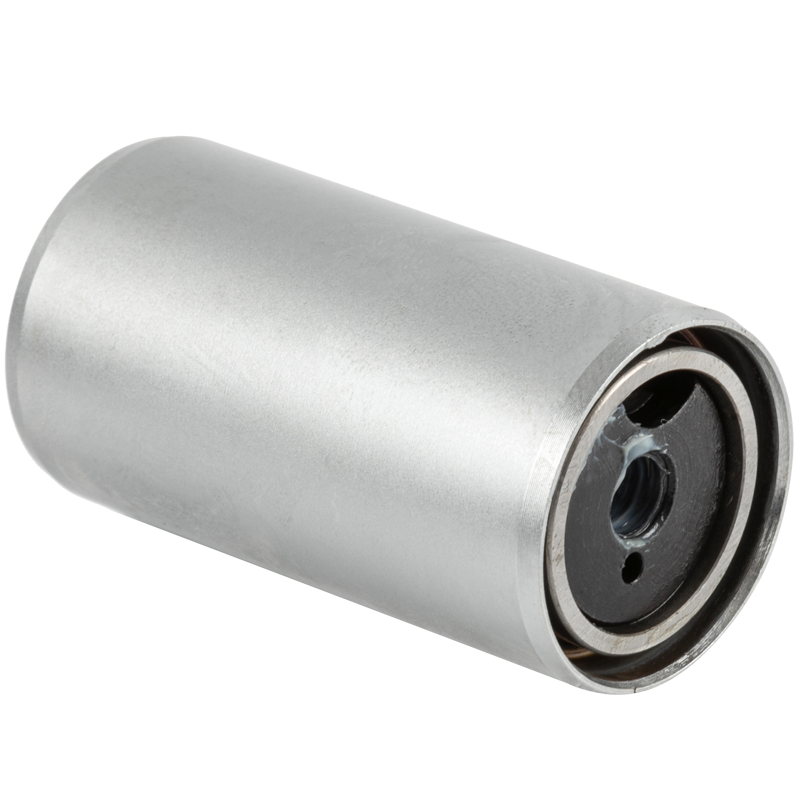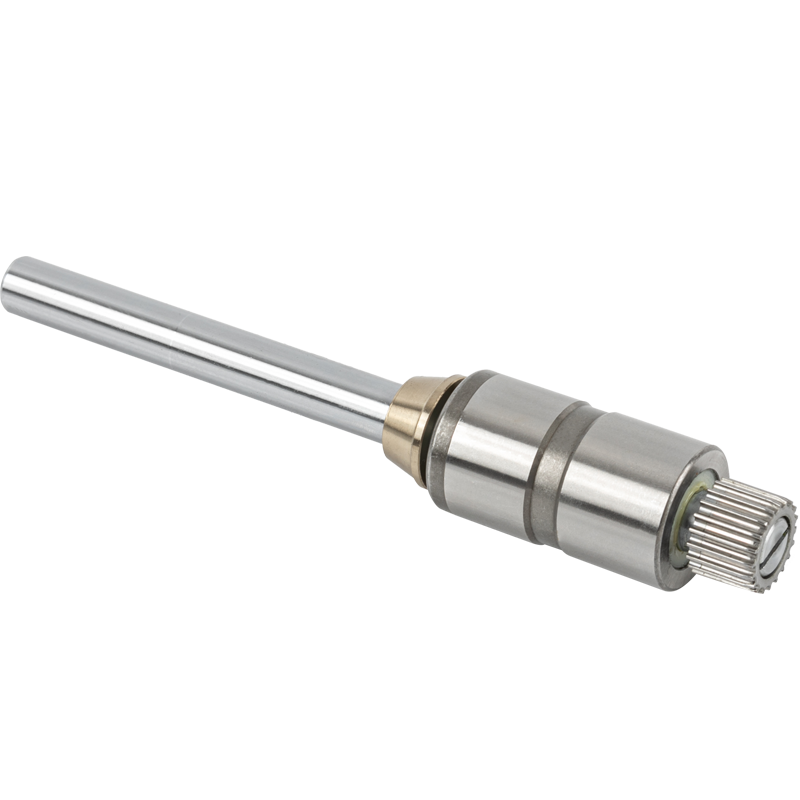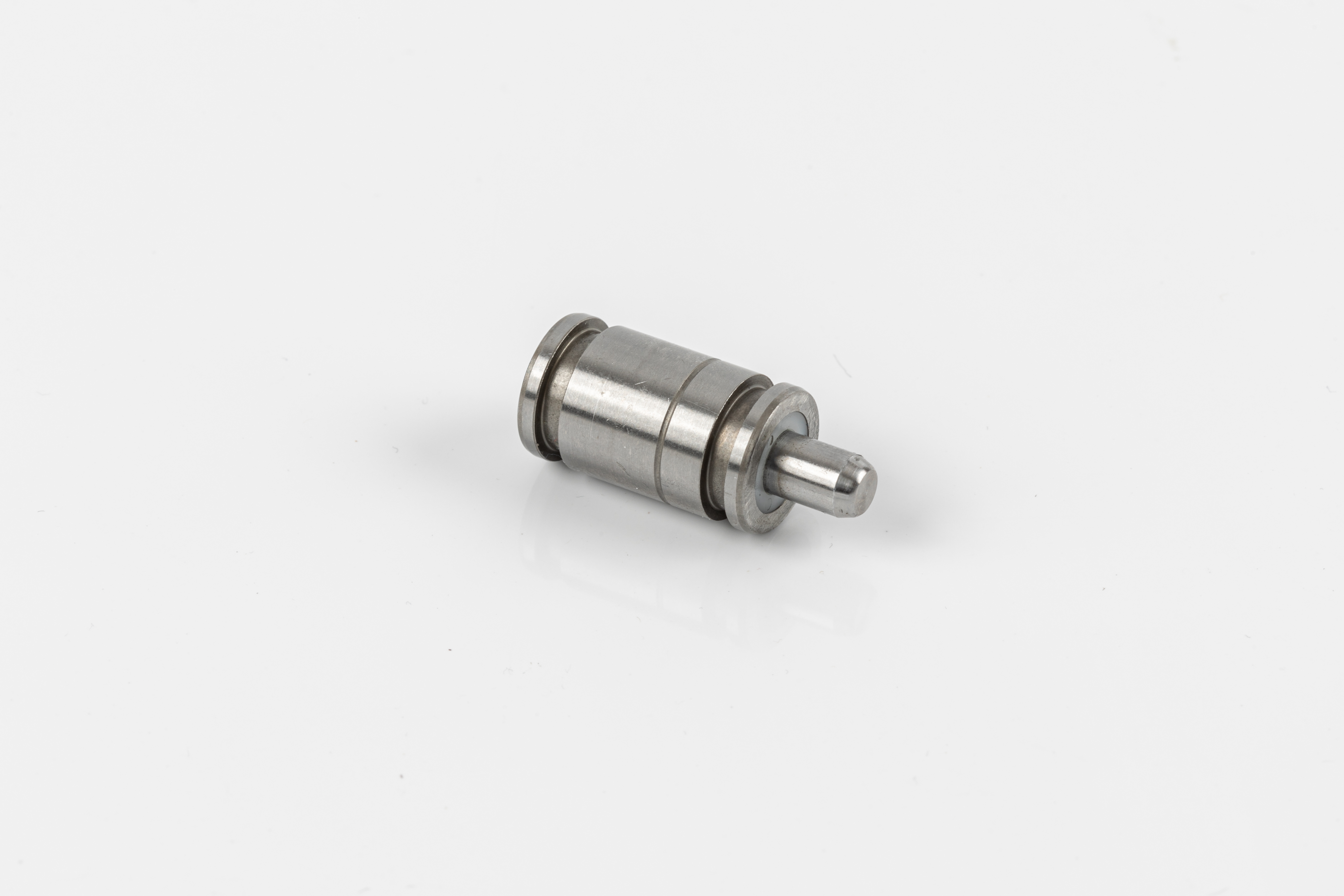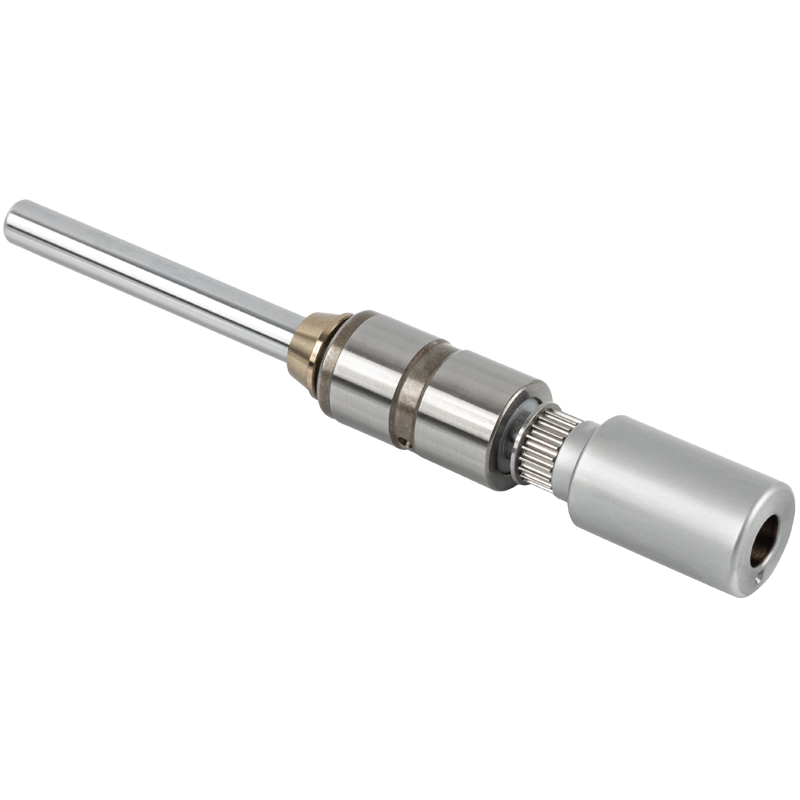1. Rigidity advantages of Four-point contact ball bearing
Optimized internal structure: Through its unique design, the four-point contact ball bearing has optimized the internal structure, thereby improving the rigidity of the bearing. This rigidity is not only reflected in the ability to resist deformation, but also in the bearing's ability to maintain stable operation when subjected to high loads.
Uniform load distribution: The four-point contact design allows the load to be distributed more evenly inside the bearing, avoiding single point or local overload conditions and further enhancing the rigidity of the bearing. This even load distribution also reduces bearing wear and increases its service life.
High load-carrying capacity: Four-point contact ball bearings are able to withstand higher loads due to even load distribution and high structural rigidity. This gives it a significant advantage in industrial applications where large loads are required.
2. Impact on equipment performance
Improve equipment stability: The high rigidity of four-point contact ball bearings makes the equipment more stable during operation and reduces instability factors caused by bearing deformation or vibration. This stability is of great significance for improving the processing accuracy of the equipment and extending the service life of the equipment.
Enhanced equipment durability: Four-point contact ball bearings improve equipment durability because they are able to withstand higher loads and reduce wear. During long-term use, this durability helps reduce equipment maintenance costs and improve equipment economic benefits.
Improve equipment accuracy: For equipment that requires high-precision operation, the high rigidity and uniform load distribution of four-point contact ball bearings can reduce errors caused by bearing deformation, thereby improving the processing accuracy and overall performance of the equipment.
Reduce noise and vibration: Highly rigid four-point contact ball bearings generate relatively low noise and vibration during operation. Helps improve the working environment of the equipment and improve the operating quality of the equipment.
 English
English 日本語
日本語 Tiếng Việt
Tiếng Việt